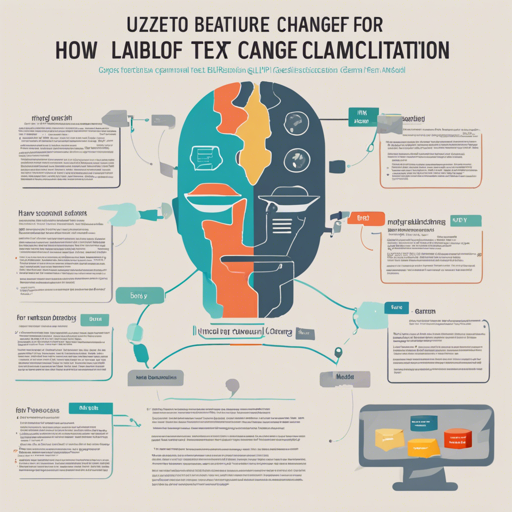Are you ready to dive into the world of text classification, focusing on behavioral change for weight loss? In this guide, we’ll unravel the steps to use a BERT model, specifically the Bert-base-german-cased model fine-tuned on the Valence level of the GLoHBCD Dataset. We’ll guide you through the process of utilizing this powerful tool to classify German text regarding behavior change.
Understanding the GLoHBCD Dataset
The GLoHBCD dataset brings forth an innovative way to evaluate user utterances surrounding behavioral changes, particularly in the realm of weight loss. By leveraging Motivational Interviewing client behavior codes, this dataset enables the classification of user sentiments into three distinct categories:
- Reason (0): Utterances discussing reasons for or against change.
- Taking Steps (1): Utterances reflecting actions recently taken in favor of or against change.
- Commitment (2): Utterances that express commitments for the near future.
Setting Up the Environment
Before we can harness the power of this model, we need to set up a development environment. Ensure that you have the following libraries installed:
pip install transformers torchLoading the Model and Data
Once your environment is ready, you can load the pre-trained model and the dataset. Here’s how you would do it:
from transformers import BertTokenizer, BertForSequenceClassification
import torch
# Load the tokenizer and model
tokenizer = BertTokenizer.from_pretrained("dbmdz/bert-base-german-cased")
model = BertForSequenceClassification.from_pretrained("path_to_your_finetuned_model")
# Load your dataset here
# For example: data = load_data("path_to_your_dataset")
Think of this process like stocking your toolbox before starting a project. Just as a builder carefully selects tools for construction, we are fetching the right components to tackle our textual monstrosities!
Making Predictions
To classify an utterance, tokenize it and pass it through the model:
def classify_text(text):
inputs = tokenizer(text, return_tensors="pt")
with torch.no_grad():
logits = model(**inputs).logits
predicted_class = logits.argmax().item()
return predicted_class
# Example Usage
# prediction = classify_text("Ich möchte mein Gewicht reduzieren.")
Imagine this step as a delivery service—our tokenizer carefully packages the input and sends it to the model (the delivery person) to predict the desired classification. It meticulously handles the details, ensuring everything arrives swiftly and safely at its destination, yielding insightful results!
Troubleshooting Common Issues
If you run into problems while using the model, consider the following troubleshooting steps:
- Ensure that you have installed all necessary libraries and dependencies.
- Double-check the paths to your pre-trained model and dataset.
- If the model produces unexpected results, verify the input format and make sure the text is correctly tokenized.
- For more insights, updates, or to collaborate on AI development projects, stay connected with fxis.ai.
Citing the Work
When you use the GLoHBCD dataset and the BERT model, remember to cite the following paper:
@InProceedings{meyer-elsweiler:2022:LREC,
author = {Meyer, Selina and Elsweiler, David},
title = {GLoHBCD: A Naturalistic German Dataset for Language of Health Behaviour Change on Online Support Forums},
booktitle = {Proceedings of the Language Resources and Evaluation Conference},
month = {June},
year = {2022},
address = {Marseille, France},
publisher = {European Language Resources Association},
pages = {2226--2235},
url = {https://aclanthology.org/2022.lrec-1.239}
}
Conclusion
Utilizing the Bert-base-german-cased model fine-tuned on this insightful dataset opens up new avenues of understanding user behaviors surrounding weight loss. By following this guide, you can effectively analyze and categorize sentiments, contributing valuable insights into health behavior change.
At fxis.ai, we believe that such advancements are crucial for the future of AI, as they enable more comprehensive and effective solutions. Our team is continually exploring new methodologies to push the envelope in artificial intelligence, ensuring that our clients benefit from the latest technological innovations.

